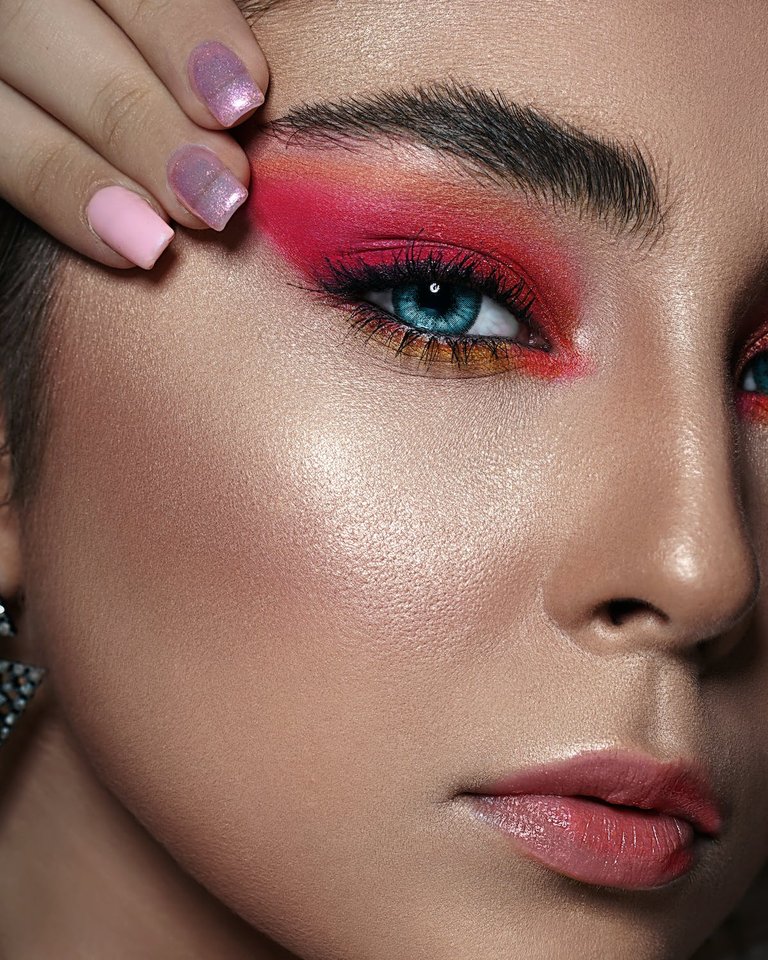
In the world of professional sports, the use of performance-enhancing drugs like steroids is considered cheating and strictly prohibited. Athletes face harsh consequences like stripping of titles and bans from their sport if found guilty of doping to artificially boost strength, endurance or recovery. The justification is that gaining an edge through chemical manipulation rather than dedication and grit undermines the integrity of athletic competition. It also poses significant health risks like organ damage, hormonal imbalances and heart problems in those abusing these controlled substances.
Yet when we look at the fashion and beauty realm, enhancing one's physical assets through artificial means is common industry practice. Professional models rely on an arsenal of cosmetics, hairstyling, flattering lighting, and post-production editing to achieve the flawless look demanded for the runway and magazines. Does this constitute a double standard - condemning athletes who dope for physical advantage while models face no criticism for artificially embellishing features to meet unrealistic beauty ideals?
There are certainly parallels to both types of image enhancement. Anabolic steroids build muscle and burn fat at accelerated rates that natural training alone cannot match - much like the contouring, smoothing and tucking makeup artists utilize. Airbrushing photos in Photoshop serves much the same after-the-fact function as steroids do athletically - camouflaging perceived imperfections through technological manipulation. So if one practice breaks fairness and promotes unhealthy expectations, couldn't an argument be made that the other does as well in its own field?
However, some clear differences emerge when comparing direct health impacts. While steroids pose significant medical dangers from internal biochemical changes they induce, external enhancements like makeup and flattering photography appear far less hazardous when used responsibly. Perhaps regulations could encourage ethical safety practices for models, like testing cosmetics for toxicity or mandating digital alteration transparency through disclosure labels. But evidence doesn't support banning artificial touch-ups as vehemently as athletes doping up.
There's also the question of what feats merit celebratory recognition in each field and whether enhancement undermines those accomplishments. In athletics, hitting a new PR in a race or lifting record weights gets praised as significant achievements, stemming from an individual's dedicated training, skill and perseverance. Steroid abuse casts uncertainty on celebrating those wins since science augmented the effort. But does anyone truly marvel at or applaud a model solely for their genetic luck of the draw in symmetry, bone structure and flawless skin? While cosmetic enhancement might make an already striking person more marketable, it likely doesn't sway public perception on any notable skills or talents the way doping does for athletes.
At the end of the day, while similarities exist superficially in image altering tactics between sports and fashion, context and ethical questions differ. For fields like modeling that do not celebrate human physical achievements but focus on showcasing artistic creations, banning alterations that enable diversity and creativity in an image-forward industry seems questionable and potentially biased. Regulations could strive for transparency and safety instead without diminishing creative liberties. But holding these unrelated professional spheres to identical standards disregards nuances in values and purpose. Just because unfairness emerges in one area with valid ethical concerns attached does not necessarily mean condemning practices commonplace in another unrelated space.
Thanks for reading here❤️❤️
